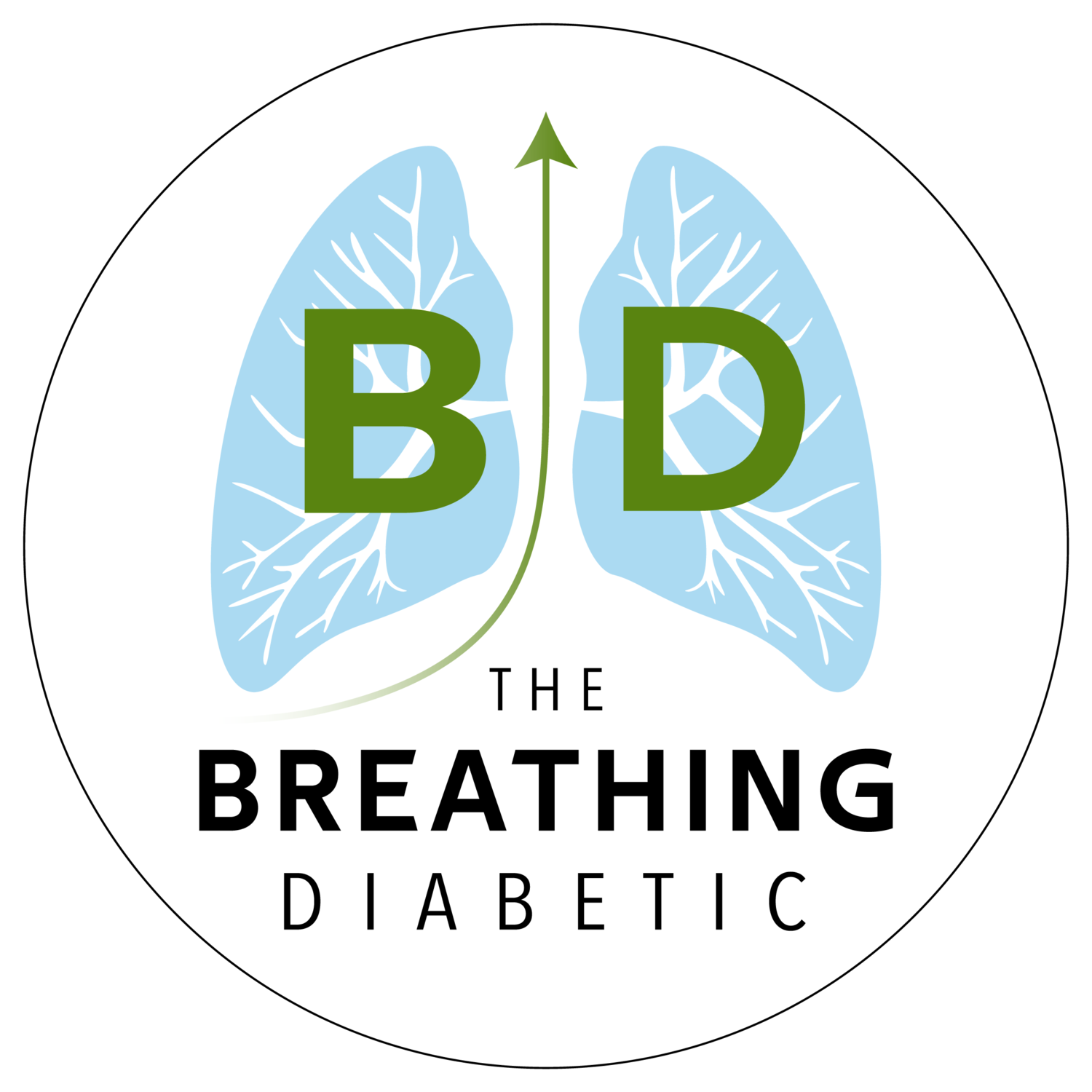Greetings,
Here are four thoughts, one quote, and one answer to start off February. Enjoy!
4 THOUGHTS
1. Become a World-Class Breather
"World-class performers are less about complexity and more about optimizing simplicity…It’s about the fundamentals. But small, daily improvements on the fundamentals every day done with ridiculous consistency creates insane revolutions over time."
- Robin Sharma, Optimize Interview
Becoming a world-class breather is actually quite simple: reduce the complexity, optimize the simplicity.
Of course, you can still utilize a variety of advanced techniques. Kobe Bryant didn’t only practice shooting free throws, and Tom Brady doesn’t only practice taking snaps. But it all starts with optimizing the fundamentals.
The best way to do that? Nose, belly, quiet, slow, repeat. Let those benefits compound into "insane revolutions over time."
P.S. Don’t forget James Clear’s advice: We have to start before we can optimize.
P.P.S. I condensed the quote, but I’ve never heard so many buzzwords stringed together so eloquently and with so much conviction : ) Enjoy listening.
2. What Optimal Breathing Can Do for Diabetes
Although it’s not a panacea, improving our breathing might be the simplest thing we can do for our overall health. And for diabetes, in particular, optimal breathing has several direct and indirect benefits that are especially useful.
For example, it can improve cardio-autonomic function, reduce stress and anxiety (see next thought), improve blood flow, and improve sleep. These benefits can lead to better insulin sensitivity, more stable blood sugars, and less risk of long-term complications. Not bad for something as simple as breathing.
3. Harvard Business Review: Why Breathing Is So Effective at Reducing Stress
"So what makes breathing so effective? It’s very difficult to talk your way out of strong emotions like stress, anxiety, or anger…But with breathing techniques, it is possible to gain some mastery over your mind."
- Harvard Business Review,
Research: Why Breathing Is So Effective at Reducing Stress
So much goodness in this quick article. It’s a nice complement to last week’s thought on using breathing instead of thinking, and much more. Enjoy!
4. A Breathing Competition?
Compete: from Latin competere,
in its late sense 'strive or contend for (something)'
from com = 'together' + petere = 'aim at, seek'
- Apple Dictionary
So to "compete" literally means to strive for something together. In that case, we can consider this newsletter to be a breathing competition, with all of us striving to become world-class breathers together.
I hope you enjoy this competition as much as I do.
This thought was inspired by this Optimize +1
1 QUOTE
"The pattern of your breathing affects the pattern of your performance. When you are under stress, deep breathing helps bring your mind and body back into the present."
– Gary Mack, Mind Gym
1 ANSWER
Answer: This is the longest recorded breath-hold that didn’t use pure oxygen inhalation.
…
(Cue the Jeopardy! music.)
…
Question: What is 11 min 35 sec?
In good breath,
Nick

